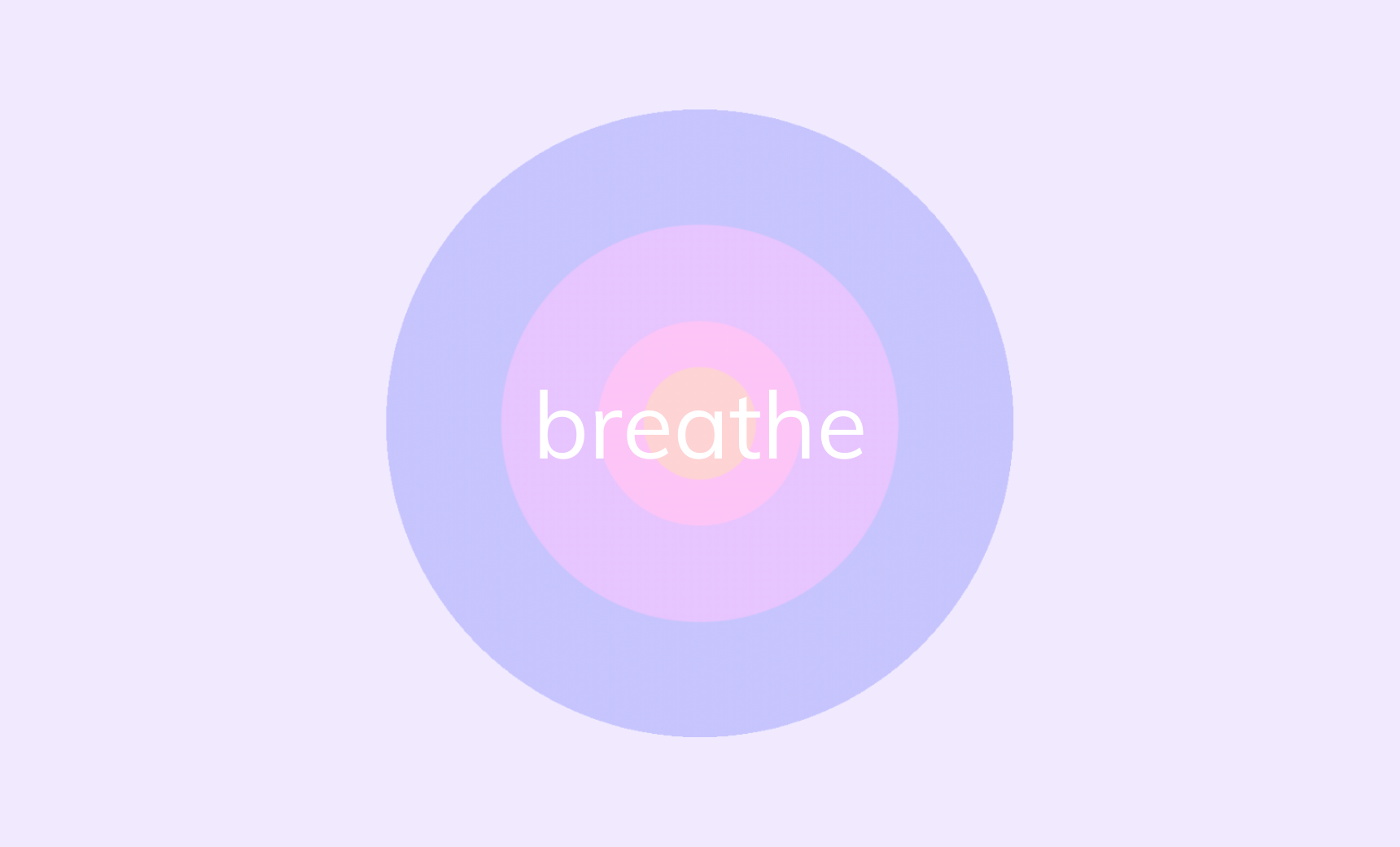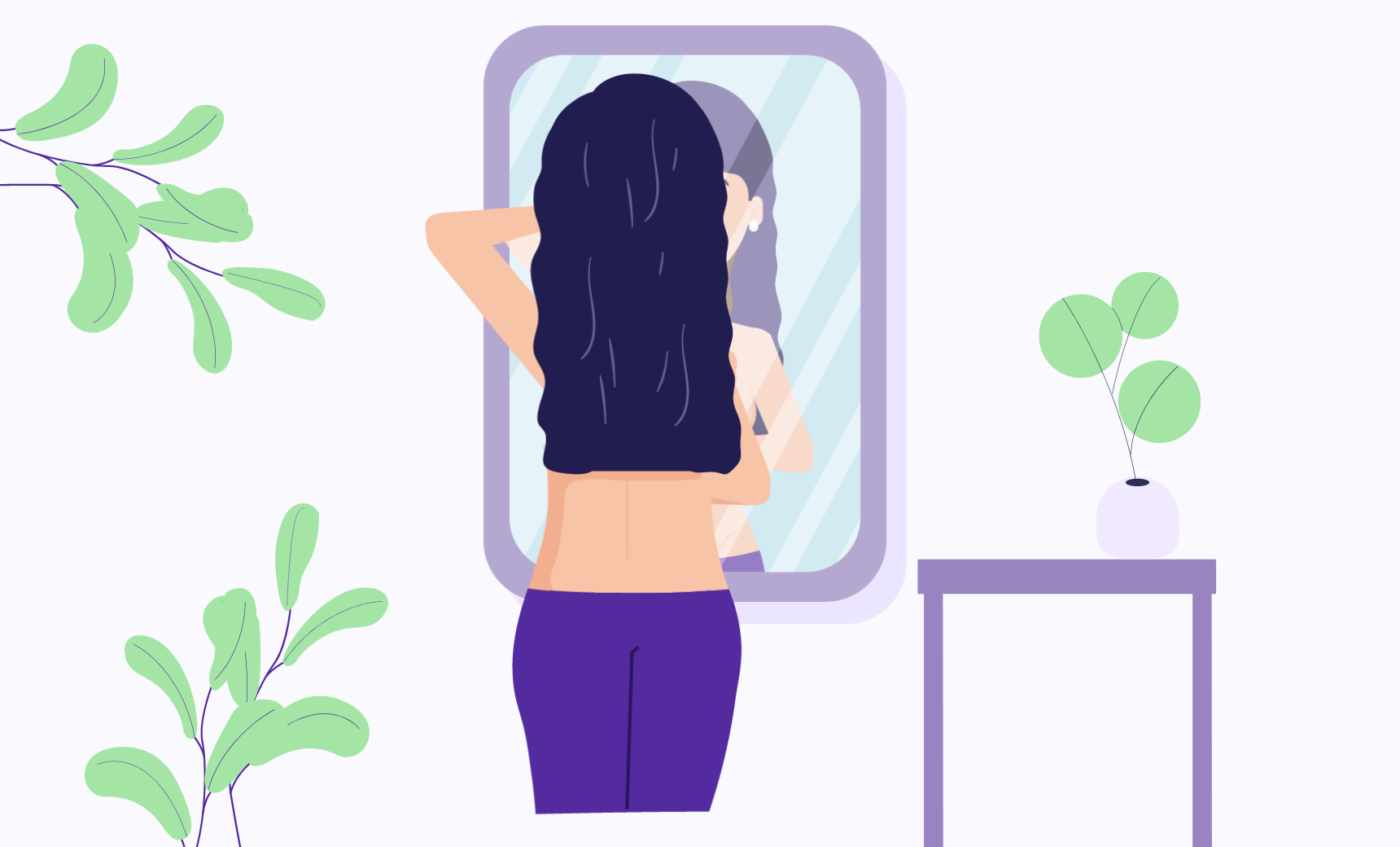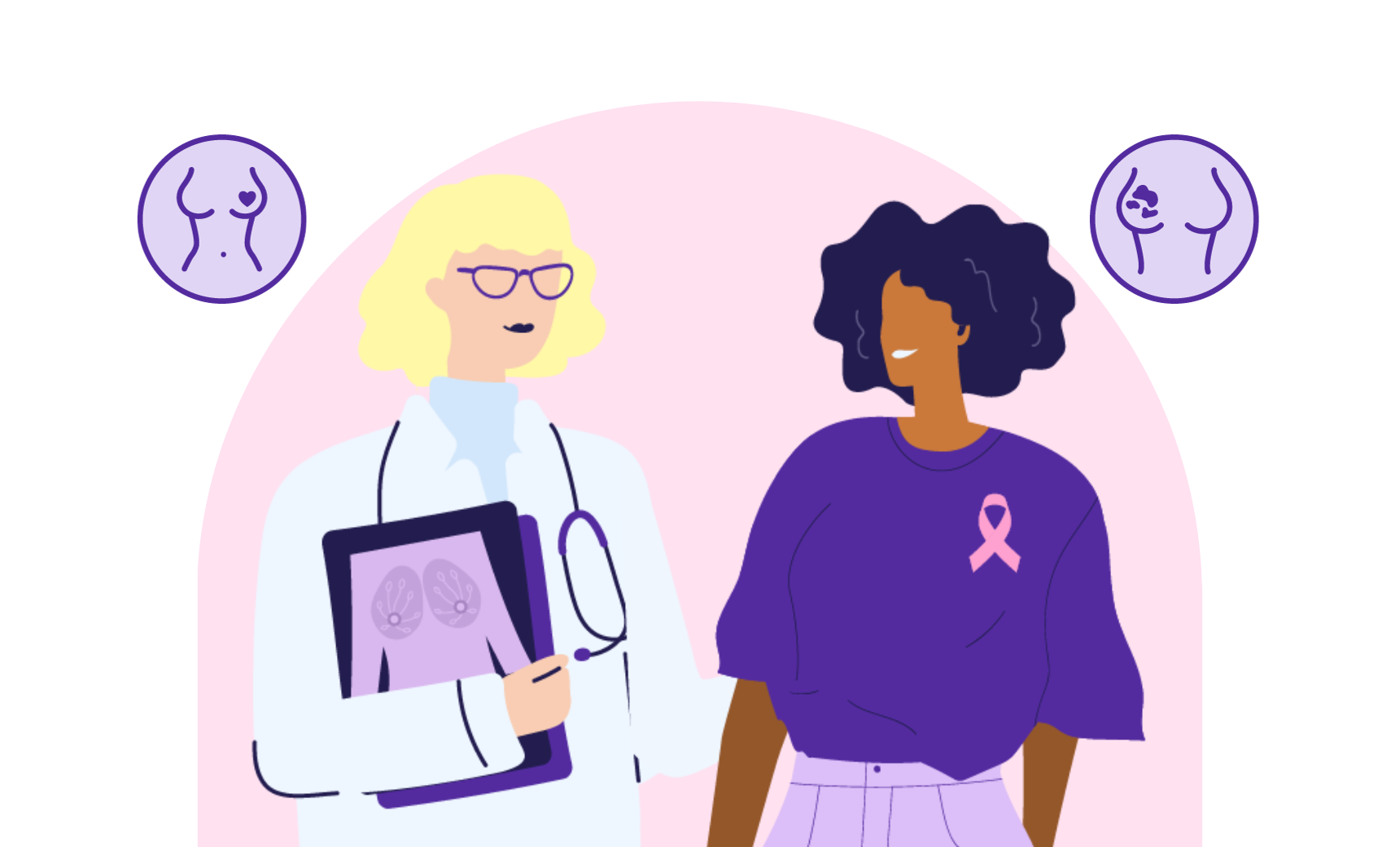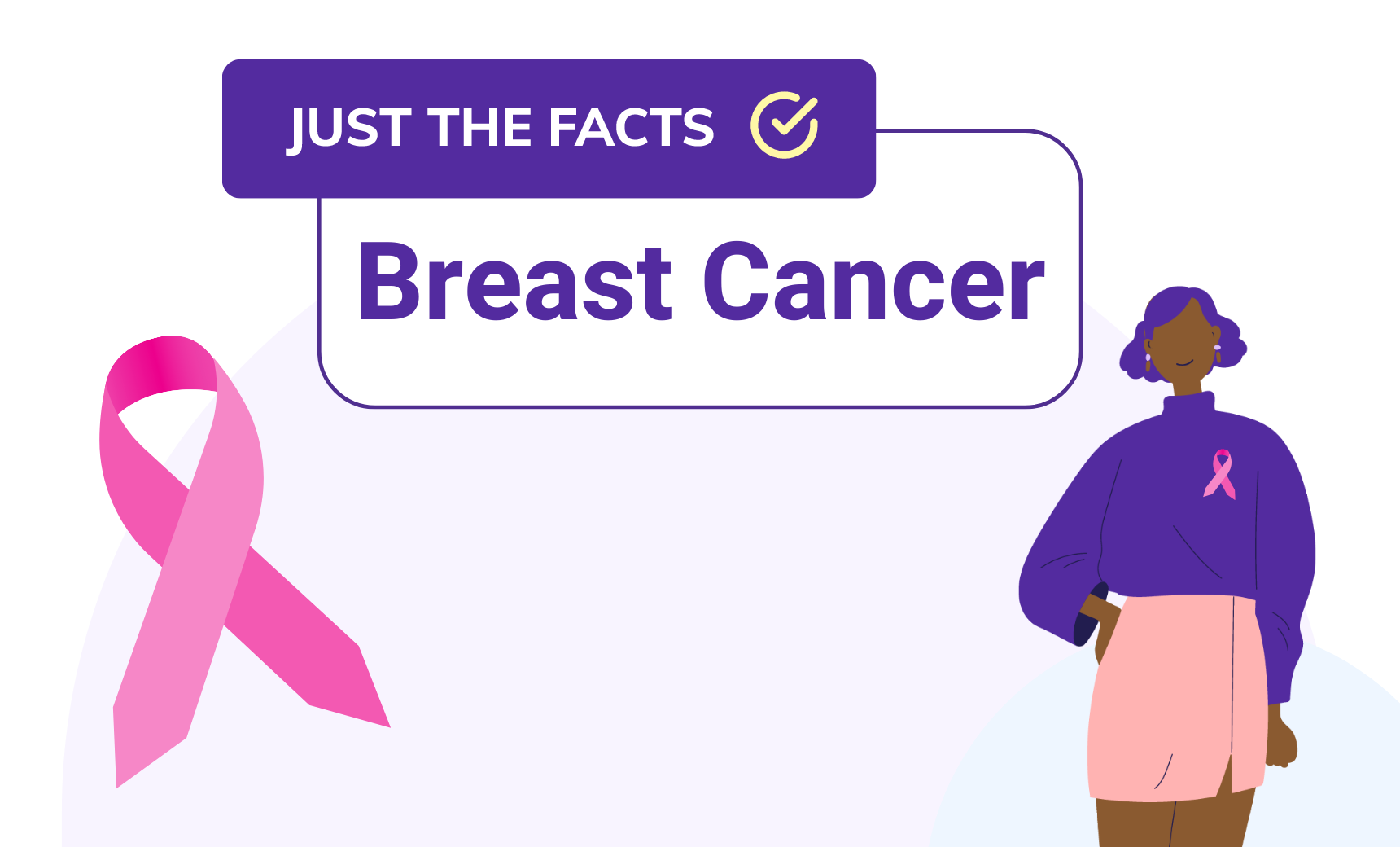
What Can I Do For My Lungs After COVID
Expert advice on breathing better after a COVID-19 infection.
COVID has a wide range of symptoms, but one of the most prevalent is shortness of breath. Unfortunately, even mild cases can linger for weeks or months (known as “long COVID”) or cause after-effects that continue to plague the respiratory system long after the virus is no longer present. These creeping post-COVID symptoms should always be reported to your doctor, as they may continue to cause long-term health issues and affect your quality of life.
Want to know more about COVID’s impact on lungs? Want ways to breathe better? Read on.
What effect does COVID have on the lungs?
Severe coronavirus cases can cause viral pneumonia, in which one or both lungs is infected, causing them to become inflamed and filled with fluid. Pneumonia can be treated and typically abates within a matter of weeks, but can damage your lungs, leaving them weakened and more susceptible to other infections after COVID-19. Patients may also experience COVID-related bronchitis or even sepsis, an infection of the blood that causes tissue damage.
What are the symptoms that may persist after coronavirus infection?
One study found that one-in-five COVID-19 patients reported lasting symptoms after having the coronavirus. These include shortness of breath, excessive tiredness and fatigue, and lingering loss of taste and smell. These persistent symptoms are most common in people who are over the age of 50, but can affect patients of all ages.
How can the source of post-COVID symptoms be diagnosed?
Diagnosis will depend on the condition and symptoms being exhibited after COVID. An x-ray may show lung inflammation, one of the common residual symptoms of the coronavirus. A CT scan of the chest should be performed if you are experiencing persistent severe shortness of breath.
What will be seen on the CT scan if COVID has affected lung health?
If you are experiencing difficulty breathing or other respiratory issues following the coronavirus, a scan may show scar tissue and signs of chronic inflammation and decreased lung capacity. A CT chest scan after severe coronavirus may reveal excessive scarring of lung tissue and significantly impeded lung capacity.
What can I do to strengthen my lungs after COVID?
Treatment will depend on the type and severity of any lingering effects on the lungs. Your doctor may refer you to a lung specialist, physical therapist, or cardiologist to create a plan of care. Pulmonary rehabilitation under physician supervision may be done to strengthen damaged lungs. Lifestyle modifications may also help. You should return to exercise only after you have gotten the go-ahead from your doctor, and make sure to work your way back up to fitness slowly, as over-exertion may be dangerous.
Deep belly breathing may be recommended by your doctor. This can strengthen diaphragm muscles that became weakened by a COVID infection. “Don’t underestimate the practice of simple deep breathing,” Christina Rogers, a registered respiratory therapist, told the Cedars-Sinai blog. “Most people only use a small part of their lung capacity. By increasing the length of your inhalations and exhalations, you can increase your lung capacity and strengthen your breathing, which improves the exchange of oxygen and carbon dioxide, ultimately improving lung capacity.”
Deep breathing includes slow breathing into your stomach, followed by slow exhales. The first phase includes deep breathing while on your back with bent knees, then on your stomach, then sitting, then standing. Each phase should be taken one at a time, and you should only proceed to the next phase if your lung capacity allows it. Take these exercises slowly and stop if you feel dizziness or chest pain. Follow along with the Johns Hopkins medical guide to breathing exercises for a full tutorial. Other exercises include humming as well as yawning.
Once you’ve rebuilt some strength and get clearance from your doctor, slowly start working cardio exercises into your routine.
The best defense against COVID remains avoiding it, so continue to wash your hands, get vaccinated, and follow CDC guidelines. However, if you have had the coronavirus and are still experiencing symptoms such as excessive fatigue or difficulty breathing, notify a doctor as soon as possible. Post-COVID respiratory illness can be treated or managed but the longer it goes ignored, the more likely it is to cause serious long-term problems.
Have questions about lung health or long COVID? Or are there other topics you think we should cover? Drop us a line at illuminator@labfinder.com.





LabFinder Editorial Team
The LabFinder Editorial Team is behind The Illuminator and The Insider, LabFinder’s consumer and business blogs.
Dr.Robert Segal
Dr. Segal is CEO and co-founder of LabFinder, as well as a board-certified cardiologist. He began practicing medicine in 2002 and has founded several businesses, including Medical Offices of Manhattan and Manhattan Cardiology.